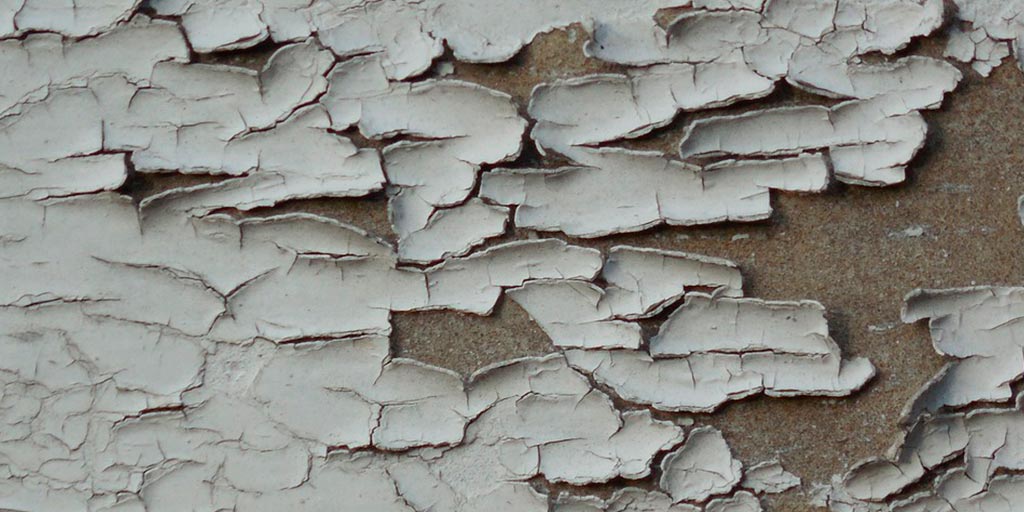Lead and Asbestos Removal: Ensuring Safety and Compliance in Your Home or Business

Lead and Asbestos Removal: Safety and Compliance in Your Home or Business Older homes and buildings have lead and asbestos removal as two hazardous materials that pose serious health risks. Lead often occurs in old paint and plumbing, and asbestos was also used to produce various insulation, roofing, and flooring materials. Both substances pose severe health risks and thus require proper management and removal. This blog post discusses the significance of lead and asbestos removal, the risks connected with exposure to it, removal processes, and how best to choose a qualified contractor for the job.
Understanding Lead and Asbestos
What is Lead?
Lead is a toxic metal that has a huge variety of diseases caused by it, particularly among children. Lead was used throughout its history in paints, plumbing, and other industrial applications. When lead-containing materials degrade or are disturbed, lead dust or particles may become airborne, thereby exposing one to asbestos.
What is Asbestos?
Asbestos is a naturally occurring mineral having the property of heat resistance and insulation. All materials for construction, including insulation, floor coverings, and roof coverings, contained asbestos. Inhaled asbestos fibers cause extreme health problems when they get released into the atmosphere.
Health Problems Caused by Lead Exposure
Lead exposure leads to many health issues, such as
Neurological Injury: Lead exposure will be at its peak concerning developmental impairment during childhood. In adults, lead exposure has been directly linked to high blood pressure and heart disease.
Kidney Disorder: Long-term exposure to lead may impair kidney function and, therefore, may cause chronic health diseases.
Health Effects of Asbestos Exposure

Exposure to asbestos causes severe issues with the respiratory system and may develop several cancers.
Asbestosis: A chronic lung disease caused by inhaling asbestos fibers leading to scarring in the lungs and making breathing difficult.
Lung Cancer: Exposed workers have a wide chance of developing lung cancer when they smoke.
Mesothelioma: A rare, aggressive type of cancer mainly involving the pleura or peritoneum arising due to exposure to asbestos.
With health implications being this serious from both lead and asbestos, the presence of either material in homes or buildings poses a significant issue that has to be addressed immediately.
Importance of Lead and Asbestos Removal
1.Lead and Asbestos Removal – Protect Public Health
The very first objective of the removal of lead and asbestos is to ensure the protection of public health. Removal greatly reduces the exposure element for people, families, and communities at large. This especially applies in homes, schools, and other public structures where vulnerable members may be present.
- Legal Compliance
Many states and localities have strict regulations in lead and asbestos handling and disposal. This removal service employs trained professionals to remove in accordance with such regulations, thereby relieving the real owners from liabilities or fines that may come up.
- Environmental Protection
Lead and asbestos improper disposal poses the risk of environmental contamination, risking public health and ecosystems. Responsible removal practices protect the environment and encourage sustainability.
- Economic Gains
Lead and asbestos abatement facilitates the avoidance of costly cleanup operations, fines, and liabilities. Investment in a professional removal also serves to protect your property value and will stand a much better chance in the long run.
Process of Lead and Asbestos Removal
Lead and asbestos removal, typically through a certified lead and asbestos removal contractor, usually covers the following general steps:
Preliminary Consultation
Removal process commences with an evaluation of the property. A professional contractor examines premises and selects lead- and asbestos-containing materials in the premises. Sampling materials from the premises can be done during laboratory testing to confirm the existence of lead and asbestos, a removal plan is thereafter prepared.
A comprehensive removal plan specific to the property needs will then be formulated by the contractor as a follow-through. It is supposed to include scope, safety measures, timelines, and disposal method.
Contaminated Area Sealing: The area is sealed so that the lead dust and asbestos fibers do not spread during removal. This can be achieved using plastic sheeting and a negative air pressure system.
Ventilation Setup: Ventilation is a crucial process in which all airborne particles are removed from the air during the removal process.
Lead and Asbestos Removal
The actual removal of lead and asbestos-containing materials is done by professional staff with specialized equipment. It may include the following activities:
Lead Removal: This includes stripping lead-based paint, replacing lead pipes, or using chemical strippers that safely remove lead without causing dust.
Removal of Asbestos: The contractor will ensure the removal of asbestos containing materials safely with an utmost care for fiber emission that should reach a minimum possible level, thus involving wetting the material for non-dusting purposes and handling the ACMs by packaging it for disposal purposes.
Decontamination and Disposal
The contractor will carry out decontamination in the work area upon successful completion of removal, depending on the requirement, this might involve:
Clean Surface All surfaces shall be cleaned with specialty vacuums and wet cleaning methods for the removal of lead dust or asbestos fibers.
Air Quality Testing Testing of air quality shall ensure safe re-occupancy of the area of interest.
Proper Disposal of Hazardous Waste Proper disposal of all hazardous waste via local and federal standards usually through landfills dedicated to hazardous materials.
Final Inspection/Documentation
An after removal inspection is done to ensure that all the work has been done at the maximum acceptable standards. A corresponding document, which shows that lead and asbestos have been removed in compliance with all acts and regulations, is provided by the contractor. You are going to keep these records for future reference because future buyers of the property may require them.
Choosing the Right Lead and Asbestos Removal Company
The right contractor carrying out lead and asbestos removal is very important to ensure a safe and effective process. Here are some tips to help you make the right choice:
- Verify Credentials and Licensing
Ensure that the contractor is licensed and certified to perform lead and asbestos removal in your area. Check for appropriate certifications from organizations such as the Environmental Protection Agency (EPA) or local health departments.
- Experience and Reputation
Conduct research and find a contractor with experience in lead and asbestos removal. Check for online reviews and testimonials and references to determine the reputation and quality of the services rendered.
- Integrated Services
Choose a contractor that can provide an integrated approach from the assessment through removal, disposal, and post-removal testing. All aspects of the project are covered under an integrated service.
- Safety Measures
Ask about the safety measures that the contractor uses while removing. A good contractor is concerned about safety and will have good measures in place to ensure the safety of workers and occupants.
- Good Communication
Good communication is important for a removal project. Select a contractor who can explain the process, answer your questions, and keep you informed of the whole process.
- Written Estimates
Request written estimates from multiple contractors. You then can compare pricing, services offered, and timelines. Any contract that seems exceptionally low may indicate the use of inferior materials or practices.
Frequently Asked Questions About Lead and Asbestos Removal
- How do I know if my home contains lead or asbestos?
If your home was built before 1978, then it may have lead paint. For asbestos, homes built before the 1980s may include asbestos-containing material. A licensed contractor can test and inspect your home for the existence of these hazards.
- Does lead and asbestos need to be removed on all properties?
Lead and asbestos removal are important to all properties containing hazardous materials or a history of their usage. You should get professionals to assess if you suspect lead or asbestos are part of your home.
- How long will removal take?
Contamination and size of the property will determine the duration for removal process. The contractor will give you an exact timeline during the initial assessment, which will specifically fit your case.
- Will I be involved in the removal process?
While you will not be involved in the removal process, it is necessary that you share all your concerns and questions with the contractor. They shall update you accordingly and tell you how to prepare for the removal process.
- How to begin with lead and asbestos removal services?
Getting started is easy. You can reach out to a qualified contractor for an initial consultation to address the situation, evaluate your needs, and develop a customized plan to help remedy removal of lead and asbestos.
Conclusion
Lead and asbestos pose a excessive fitness danger; therefore, removal through experts is vital in making sure protection in houses and agencies. Hiring a qualified contractor to put off lead and asbestos could be crucial in managing and doing away with risky substances successfully.
If you believe you studied lead or asbestos in your property, name a licensed contractor at once to help you. Proper lead and asbestos elimination make sure you have got a secure, criticism environment, defensive every person getting into your space. In my opinion, Risk Removal is the best provider of lead and asbestos removal. In short, investing in lead and asbestos elimination protects your house but additionally facilitates create a more fit community for all.






